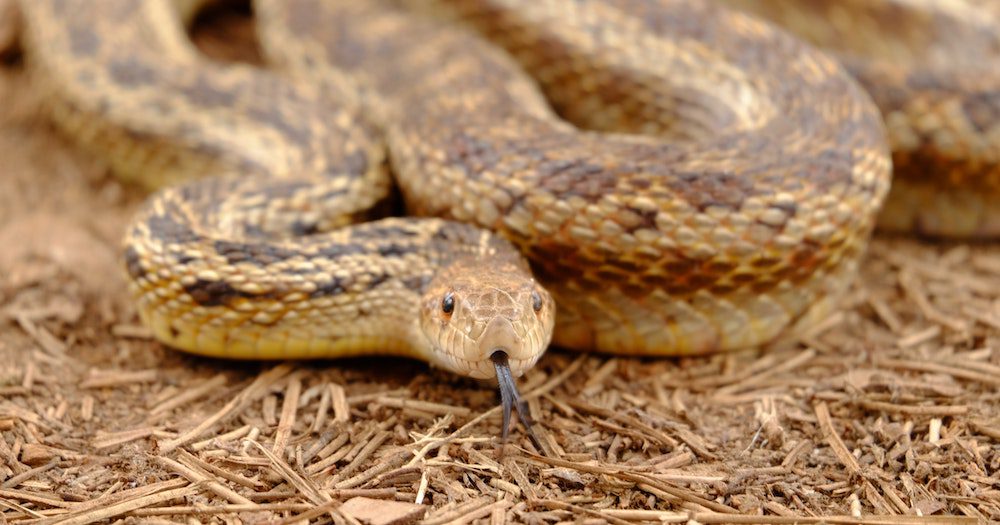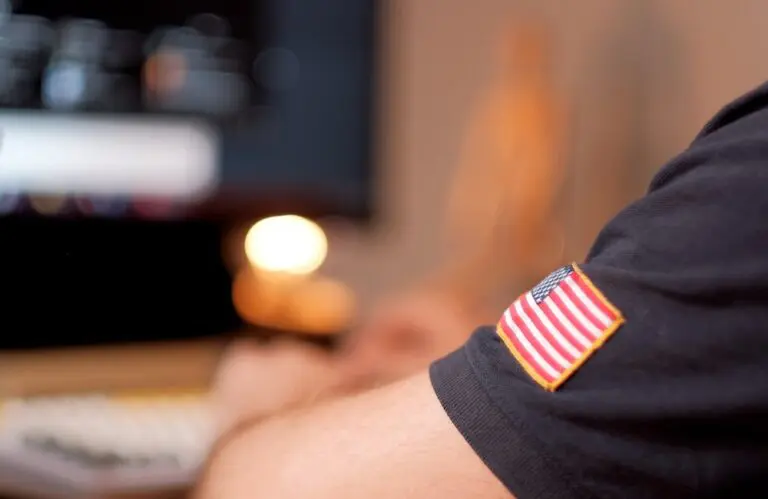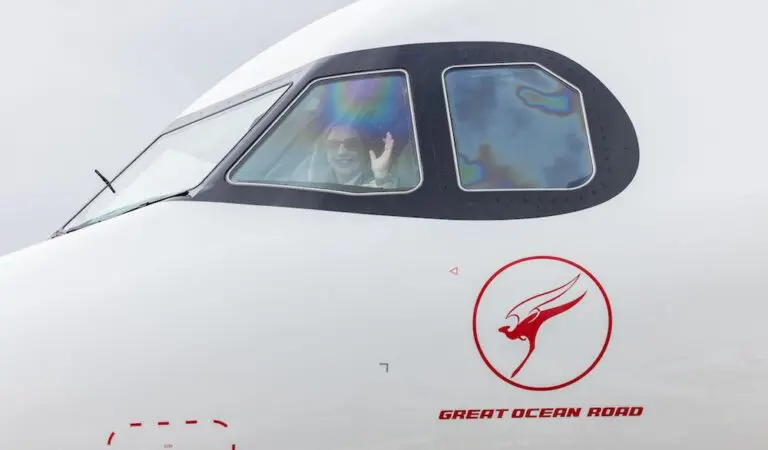As if looking after a bunch of hibernating A380s isn’t hard enough, now Qantas engineers based in the Californian Mojave desert are having to fight off Rattlesnakes and Scorpions before doing their weekly maintenance checks.
It’s rattlesnake season in the Californian Mojave desert and Qantas engineers based at the airline’s Los Angeles hanger have added a new pre-inspection procedure to avoid the wrath of startled rattlesnakes when they carry out weekly maintenance on Qantas’ parked fleet of A380 aircraft.
The engineers are tasked with maintaining the A380s that are currently parked in deep storage, with the fleet expected to return to service when international travel demand gets back to pre-COVID levels – which could still be two years away. *sob*.
While Qantas says engineers are well versed in how to protect the aircraft from birds and insects nesting in crevices in the fuselage, in Victorville California, there is a different set of potential hazards the engineers need to be on the lookout for…
Snake, rattle ‘n’ roll
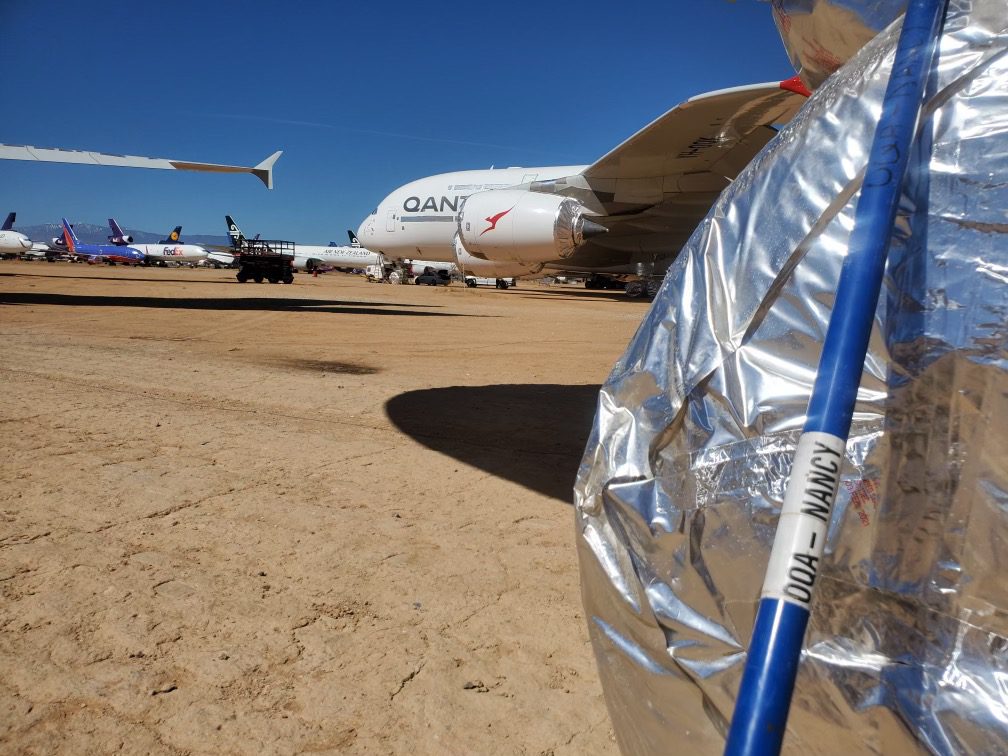
While the dry heat and low humidity of the California desert makes it the ideal storage facility for aircraft, it is also the ideal environment for the highly venomous Mojave rattlesnakes and scorpions, both which are prone to setting up camp around the wheel wells and tyres of slumbering aircraft.
Qantas Manager for Engineering in Los Angeles, Tim Heywood, said having a team of engineers driving the two hours from LA to Victorville for regular inspections is a vital part of keeping the aircraft in top condition during their downtime. Encounters of the slithering and rattling kind are all part of the job.

“The area is well known for its feisty ‘rattlers’ who love to curl up around the warm rubber tyres and in the aircraft wheels and brakes. Every aircraft has its own designated “wheel whacker” (a repurposed broom handle) as part of the engineering kit, complete with each aircraft’s registration written on it.
“The first thing we do before we unwrap and start any ground inspections of the landing gear in particular is to walk around the aircraft stomping our feet and tapping the wheels with a wheel whacker to wake up and scare off the snakes. That’s about making sure no harm comes to our engineers or the snakes.
“Only then do we carefully approach each wheel and unwrap them before performing our pressure checks and visual inspections,” he said.
“We’ve encountered a few rattlesnakes and also some scorpions, but the wheel whacker does its job and they scuttle off. It’s a unique part of looking after these aircraft while they’re in storage and it’s another sign of how strange the past year has been. These A380s would rarely spend more than a day on the ground when they were in service.”
Engineers of many talents
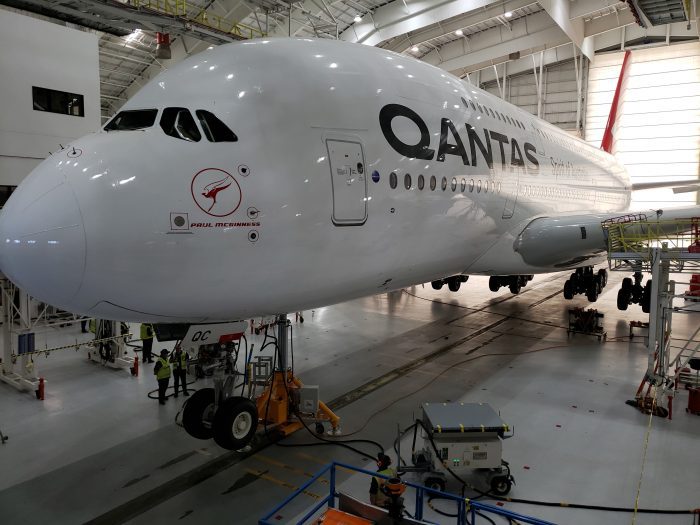
On top of scaring off terrifying wildlife, the engineer’s work involves everything from covering the interior seats with plastic sheeting to applying protective film to the top of the rudder and on all of the cabin windows.
The wheels, tyres and landing gear legs are wrapped in protective film and all inlets and orifices on the fuselage are plugged to avoid insects, birds and even bats making themselves at home.
Qantas says while in hibernation, the aircraft require regular monitoring, so during their staycation in California, engineers carry out weekly, fortnightly and monthly inspections that include draining fuel tanks of water caused by condensation, rotating the wheels to avoid flat spots, check the tyre pressures, inspect the fuselage and wings for animal nests and make sure that they are still tightly wrapped up during their sleep.
Any snake that chose to ignore the wheel whacker this week would have gotten an even bigger shock. One of the A380s (VH-OQC) was woken up and took to the skies for the first time in 290 days this week, flying from Victorville to Los Angeles to undergo a gear swing procedure at Qantas’ LAX hangar. The 290 tonne aircraft was jacked up and its landing gear swung up and down
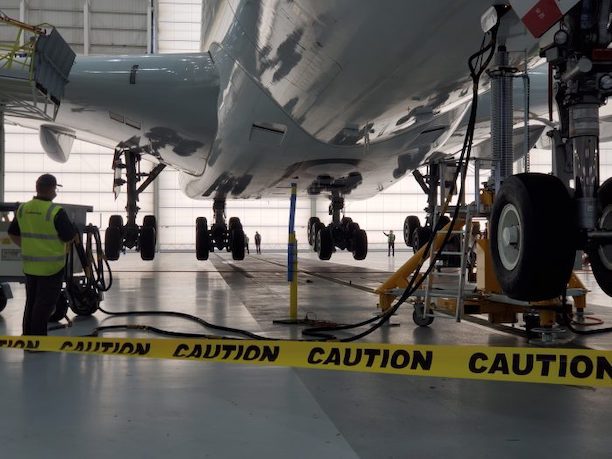
“Aircraft like these are highly technical and you can’t just land it at the storage facility, park it and walk away. It’s really important that even when in deep storage, the aircraft are maintained to the Qantas standard.”
The engineers said watching it thunder down the runway and take off was a great moment.
“It was terrific to see the A380 in full flight once again, some of these aircraft have brand new interiors still with the plastic on the seats so we will are proud to keep them in top notch condition until the time comes for them to fly again. We can hang up our wheel whackers at that point.”
We can’t wait to see these magnificent aircraft take to the skies over Australia again. Hopefully, with zero snakes onboard.

